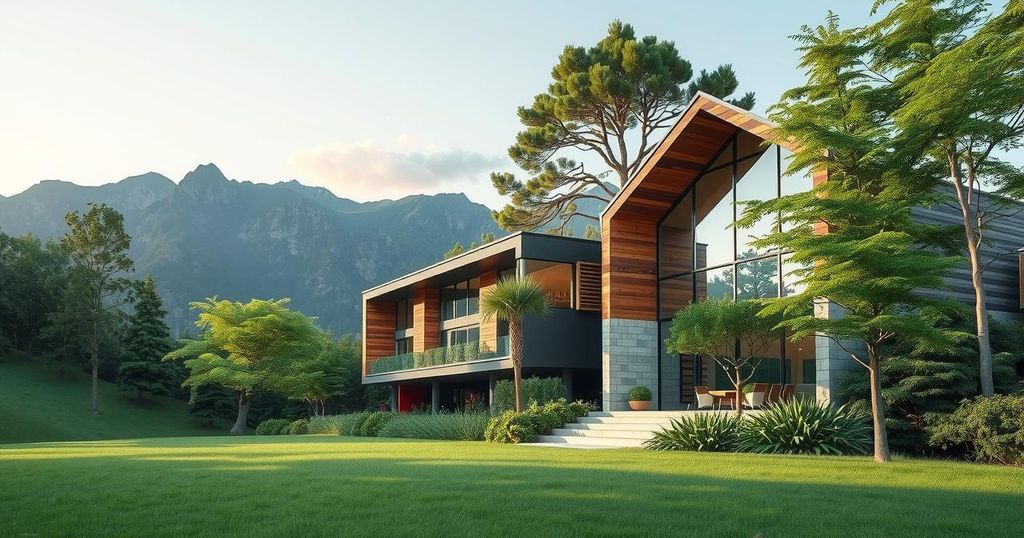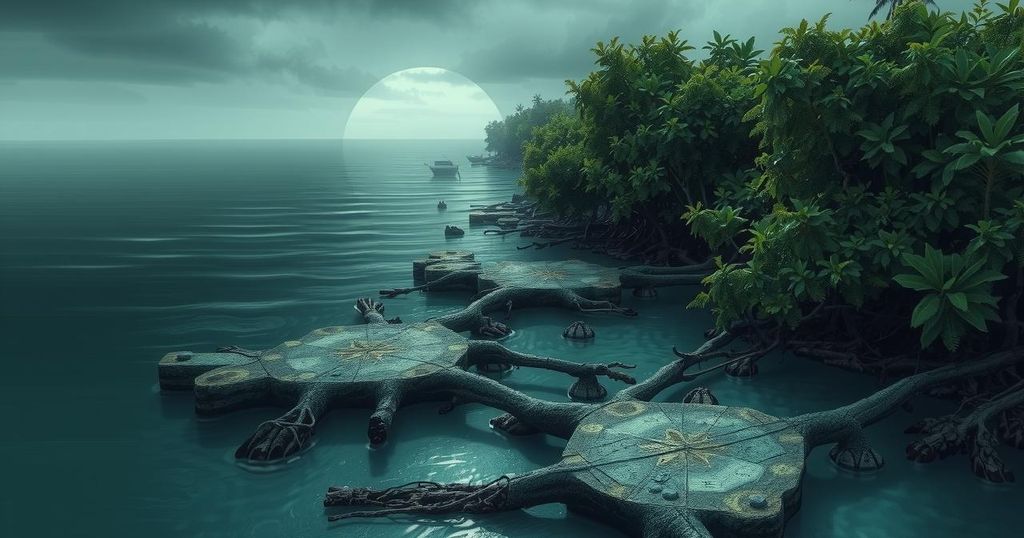Ecuador’s residential architecture embodies a blend of traditional and modern techniques, promoting sustainability and environmental respect. Renowned firms utilize local materials and community involvement to create innovative designs, evident in award-winning projects such as Chaki Wasi. This architectural evolution emphasizes a cohesive relationship between the built environment and Ecuador’s diverse natural landscapes.
Ecuador, a small yet ecologically diverse country, features a multitude of ecosystems ranging from the Andes mountains to the Pacific coastline and the Amazon rainforest. This rich natural landscape compels architecture to integrate seamlessly with its surroundings, emphasizing a harmonious relationship between the built and natural environments. Consequently, the architectural identity of Ecuador has evolved to reflect this dynamic interplay.
The architecture within Ecuador has grown uniquely, adapting to its varied environments through the implementation of local materials and construction techniques. This practice fosters the development of structures that resonate with their natural context. As society increasingly seeks a connection to nature, architectural designs throughout Ecuador have increasingly prioritized ecological considerations in their construction processes.
Recently, Ecuadorian architecture has garnered attention for its innovative blend of ancestral knowledge, community involvement, and sustainable practices. Prominent firms, such as Al Borde and Natura Futura, exemplify this trend by demonstrating how traditional principles can effectively engage with contemporary demands. Notably, La Cabina de la Curiosidad’s Chaki Wasi project received the ArchDaily Building of the Year 2025 award, highlighting the positive impact of these architectural endeavors.
This article will focus on residential architecture that harmonizes with Ecuador’s natural landscapes. The integration of vernacular construction, which employs local materials and ancestral techniques, showcases a commitment to sustainability while also adapting to modern needs. Techniques such as earth walls, stone partitions, and eucalyptus wood structures illustrate a thoughtful amalgamation of traditional methods with contemporary design.
In summary, Ecuador’s residential architecture exemplifies a commitment to environmental harmony, employing local materials and methods while embracing modern innovations. Various architectural firms are setting benchmarks for sustainable practices that enhance societal engagement and reflect the country’s rich ecological heritage. Projects like Chaki Wasi signify a promising future for Ecuadorian architecture, inspiring subsequent generations to uphold these values.
Original Source: www.archdaily.com




